How to monitor and prevent coffee leaf rust? what is coffee leaf rust? What are the hazards of leaf rust
Professional coffee knowledge exchange more coffee bean information please follow the coffee workshop (Wechat official account cafe_style)
Anyone engaged in coffee production may be familiar with the harm of coffee leaf rust. In recent years, devastating outbreaks of this fungus have often made headlines. According to the World Coffee Research report, a leaf rust outbreak occurred during the harvest season in 2011, which swept 70 per cent of coffee farmland in Central America, resulting in losses of more than $3 billion and heavy income losses for local farmers.
The infection of coffee leaf rust will not only affect the price of coffee transactions, but also directly destroy small farms. Sporadic outbreaks of leaf rust can plunge farmers with weak economic bases directly into abject poverty and destroy farmland.
So, how can we protect the coffee estate from the erosion of coffee leaf rust? Today, we will share the opinions and experiences of other producers and learn about some good measures to monitor and prevent coffee leaf rust.
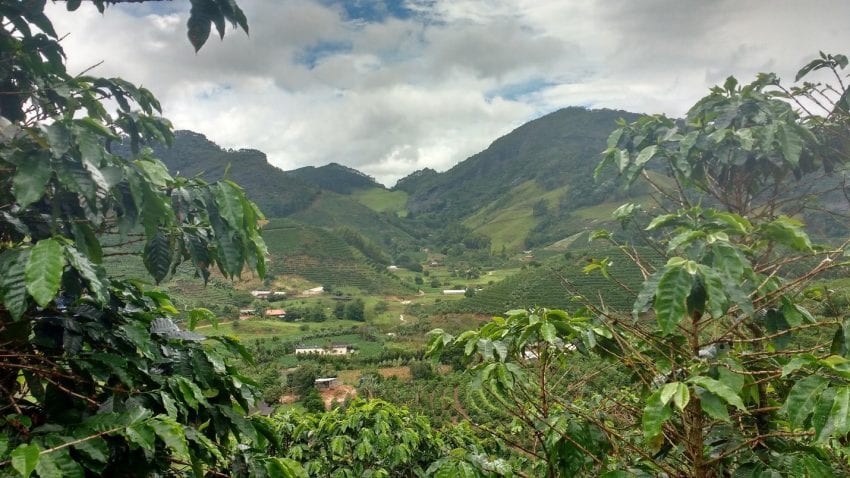
What is coffee leaf rust?
Coffee leaf rust, also known by its western name [la roya], is a parasitic fungus that infects coffee plants. It appears as yellow spots, which first affect the ends of the leaves, and then develop into yellowish-orange powder particles, shaped like iron rust, and are easy to cross-infect plants.
Coffee leaf rust can be traced back to Ethiopia, the birthplace of coffee. Since Ethiopia, leaf rust has spread around the world with coffee trees. In the late 19th century, Sri Lanka was one of the world's largest coffee producers, exporting more than 100 million pounds of raw beans a year. But in 1892, a massive outbreak of leaf rust directly destroyed all the coffee trees on the island, and local farmers turned to growing tea.
In recent years, the fungus has spread in many Central American producing areas. The World Coffee Institute says more than 1.7 million coffee workers lost their jobs in an outbreak of leaf rust that began in 2011, resulting in a $3.2 billion loss of income.
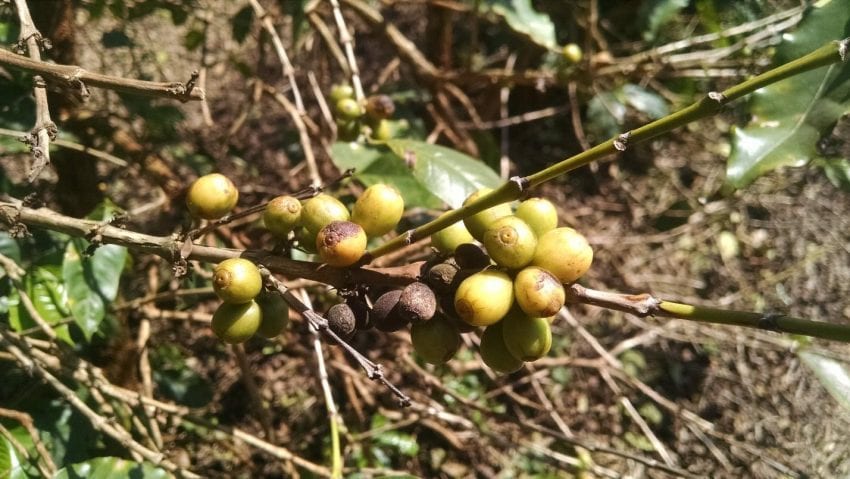
Unripe coffee cherries due to leaf rust
Coffee leaf rust first attacks the leaves of plants, preventing them from synthesizing energy by photosynthesis. As the disease worsens, the leaves and all flowers or fruits will fall off. The end result is that the harvest is greatly reduced or even no harvest at all.
"la roya is like cancer. It consumes all the energy of the plant, "said Frederico Calderon, a farm technician at Mika Coffee in Dina, Guatemala. "plants will use up all their energy to fight disease, so there is nothing to supply for fruit development."
And because fungi destroy plants, infection with leaf rust can also reduce future yield and quality. For many farmers in Central America, the leaf rust outbreak that year caused the loss of at least two crop cycles.
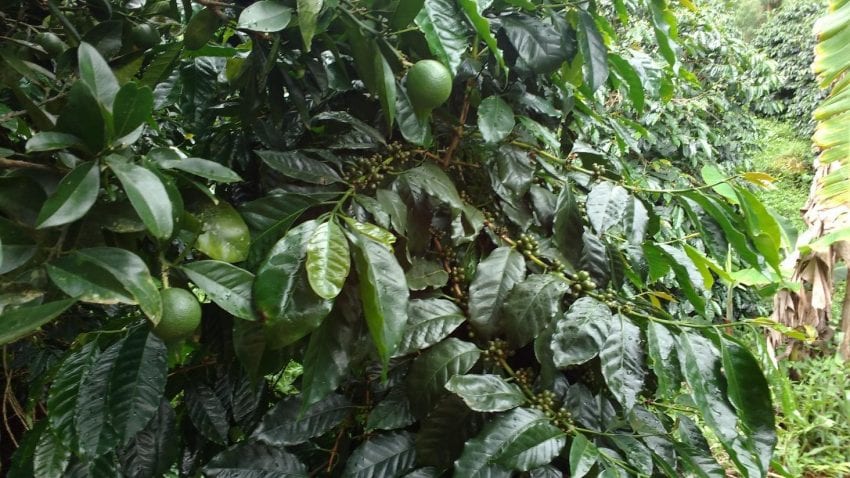
Coffee leaves have small yellow spots, indicating early infection with coffee leaf rust.
How coffee leaf rust spreads
Coffee leaf rust can multiply rapidly under the same conditions in many coffee varieties. The ideal growth temperature is between 15-30 ℃ (59-86 ℉). High humidity will trigger the reproduction of fungi.
Teodoro Engelhardt is the fourth-generation Guatemalan coffee producer and the foreman of Finca la Bella. "if you have conditions suitable for the growth of coffee plants, they are basically the most suitable conditions for the growth of leaf rust fungi," he said. Once we realize this, we will know that if we want to continue to produce coffee, we will be "rusty" for the rest of our lives. "
One of the difficulties in fighting coffee leaf rust is that it is extremely easy to spread. Because fungal spores are very light and powdery, they can easily spread through the wind and rain, or even the clothes and tools of workers.
Alvaro Gaitan holds a doctorate in plant pathology from Cornell University and has been director of plant pathology at Cenicaf é, Colombia's National Coffee Research Center, for many years. He told me that when Rain Water attacked the infected leaves, the spores were released into the air and easily transferred to the new plant. He explained that rain, combined with steady winds, is an efficient transmission system for coffee leaf rust.
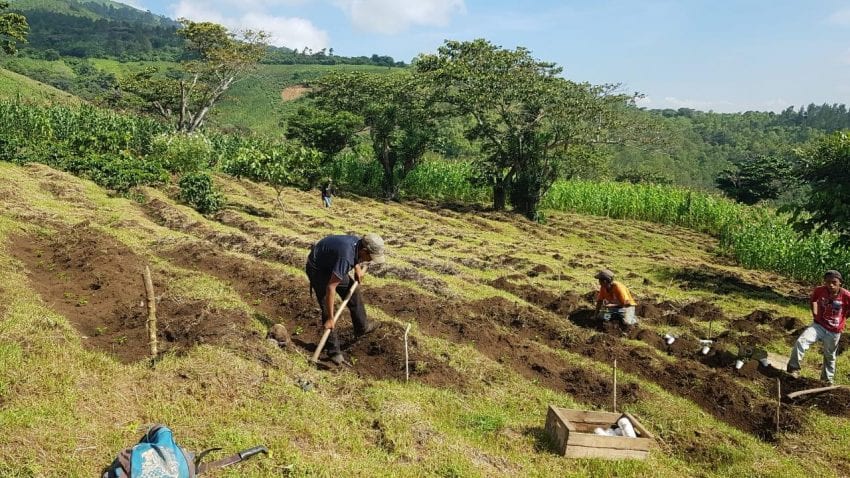
Precautionary measures
There are some ways you can reduce the risk of farm coffee leaf rust.
A reasonably planned way of walking
On many farms, there will be many different workers, as well as family members, neighbors and other visitors. It is difficult to control the way everyone moves on the farm, and it is even more difficult to ensure that they follow the prescribed path and avoid contact with plants.
Chris Starry is the fifth generation coffee producer in Guatemala and co-founded Truth Trading Company. "We can't force people to walk two or three kilometers more, just to avoid spreading coffee leaf rust, because they don't care," he said. "
He told me that on his own farm, he had paved a formal road for locals who liked to take shortcuts on the plantation, planting some non-coffee trees between the plantation and the road to form a barrier. You need to consider whether people will cause the spread of disease on your farm and whether planting barriers can reduce the risk of infection.
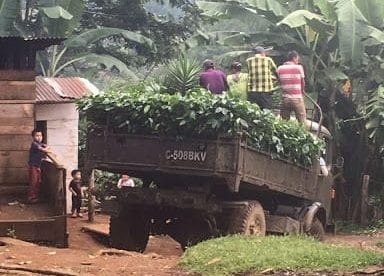
Cultivate disease-resistant varieties
Some varieties of coffee trees are more resistant to fungal infections than others. For example, Castillo and Caturra have some tolerance to coffee leaf rust, so if they suit your climate, you may need to consider planting them. But for some producers, disease resistance is not as important as other factors.
Chris said: "my grandfather decided to grow red bourbon coffee because he thought that focusing on coffee quality would be the mainstream in the future, and red bourbon's cup test results had been excellent. Bourbon varieties have a good flavor, but they are also susceptible to leaf rust. "
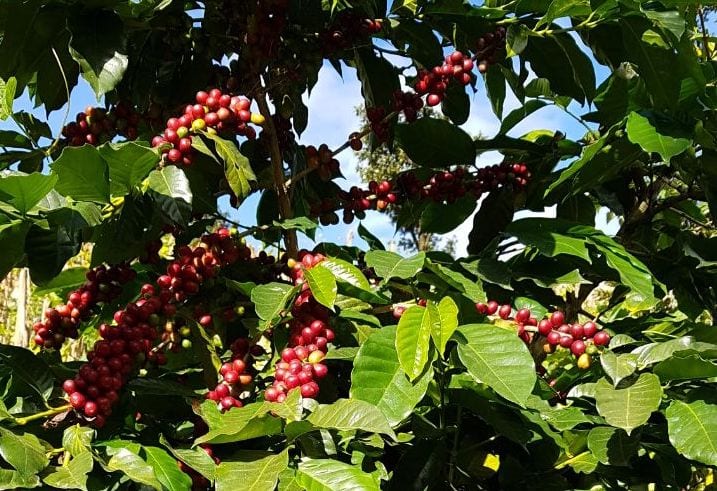
Health and nutrition
Coffee plants that are weak, aging or have been affected by other diseases or pests are more likely to be infected by leaf rust.
"like people, when we are young or old, we are more likely to get sick. It's the same with coffee, "Chris said. Coffee leaf rust is more likely to attack and destroy unhealthy plants than strong ones that can fight back. The first infected plants tend to be the weakest. "
Keep crops healthy through scheduled fertilization and pest control. Consider soil analysis, identify the lack of nutrients in the land, and regularly monitor young, aging and damaged coffee trees.
Keep a record
You should also record the weather conditions during the outbreak of leaf rust. This will help you identify the scale of the infection and better prepare for future outbreaks.
"We have recent signs of an outbreak of leaf rust, which we think is bad, but if you look through old newspapers, you will find that maybe there was another outbreak in the same place 20 years ago," Alvaro said. This is not a new disease outbreak, it is more that people forget it. This means that we must always pay attention to the weather and prepare ourselves for another outbreak at some point in the future. "
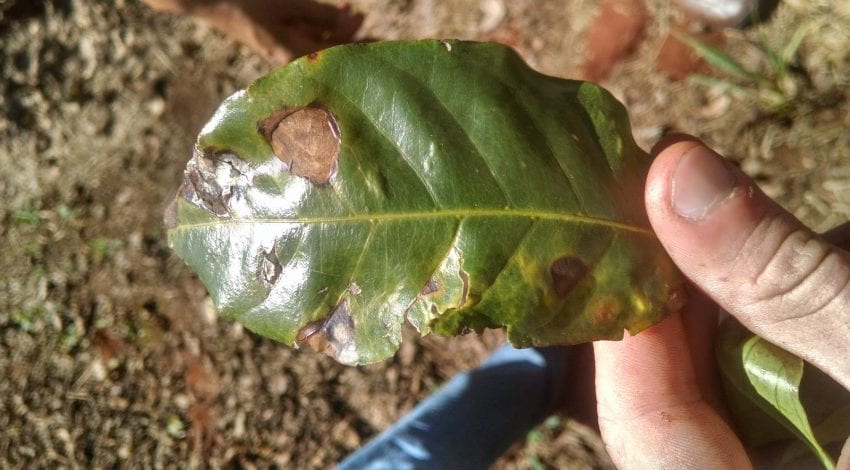
Coffee leaves were infected with leaf rust but were wiped out by fungicides, and dry scars were a testament to the battle.
The importance of monitoring
Although it may be difficult to prevent infection, you can reduce damage by carefully monitoring crops, pruning where appropriate, and treating infected plants with fungicides before leaf rust is likely to spread.
Teodoro told me that time and knowledge of the weather are important to prevent the spread of leaf rust. "it's so difficult to control it because you can't control the weather. Whenever the weather is suitable for the growth of leaf rust fungi, it will appear. When the rain stops for a few days, you will be attacked by leaf rust if the weather is right. Even if it is dealt with in time, you may encounter more rainy days in a few days, and when the weather is suitable again, leaf rust will appear again. It's too tough. It's all about the climate. "
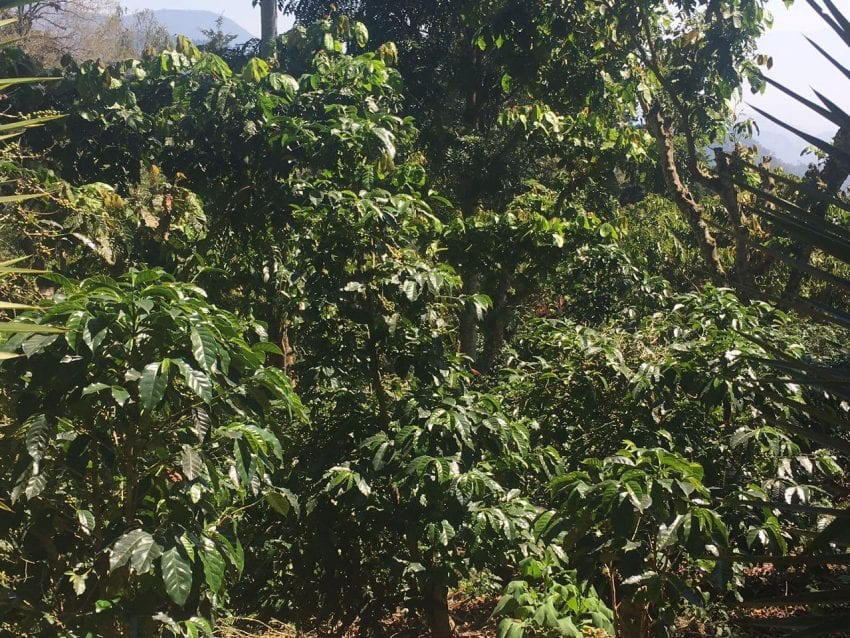
Teodoro told me that he would monitor his plants for signs of dormant infection. "We put the leaves in the light and we can see all the little spots. If you find that there are many spots, it will be clearer than the green of the leaves. "
"about two weeks after the leaves are infected by fungal spores, the signs of parasitism on the leaf cells become obvious when the leaves are placed in the light," Alvaro Gaitan explained. This is because the leaf's green pigment, chlorophyll, begins to disappear in these cells and eventually turns yellow. These are the first symptoms of coffee trees infected with leaf rust. After a few days, these chlorotic spots will appear in the position of the first spore, and you can see the fungus under the leaves. "
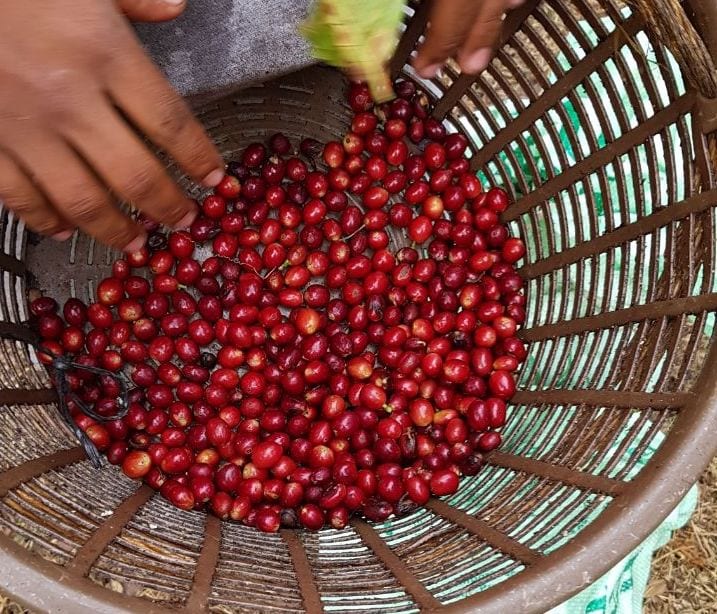
"there is no high-tech way to identify coffee leaf rust," Frederico said. You have to walk around the farm every day, walking around and constantly checking the plants. "
Knowing that leaf rust may break out according to weather patterns, some producers apply fungicides in advance and then prune any apparently infected branches in order to control the infection to less than 10% of their total crops.
Chris told me, "We have very few cases that need pruning. Leaf rust is always a case at first. We will see a completely orange plant, which is different from other plants. Shall we trim or keep the coffee plant? If you leave the pruned plant there, people or animals and other birds will get close to it, and they may eventually remain leaf rust fungi and spread to other plants. So when this extreme situation occurs on our farm, we will cut down the plant and burn it on the spot. So that leaf rust does not move or spread from that place. "
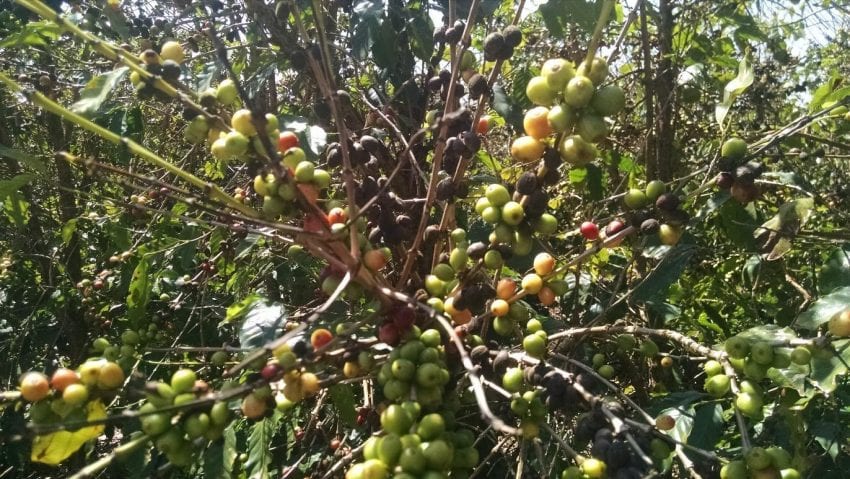
Coffee cherries cannot ripen because of coffee leaf rust.
Coffee leaf rust is a serious problem, which deserves our attention. However, through preventive measures and careful monitoring, the chance of infection can be reduced.
Author: Neil Soque.
Translated from Perfect Daily Grind
END
Important Notice :
前街咖啡 FrontStreet Coffee has moved to new addredd:
FrontStreet Coffee Address: 315,Donghua East Road,GuangZhou
Tel:020 38364473
- Prev

As the name implies, Kopi Luwak is made from the feces of a kind of civet called civets by extraction and processing.
Professional coffee knowledge exchange more coffee bean information Please pay attention to the coffee workshop (Wechat official account cafe_style) Kopi Luwak, as its name implies, is made from the feces of a kind of civet called civet through extraction and processing. Some people will think that since Kopi Luwak is so expensive and the market is so good, these civets must also be very popular. People feed the ripe coffee fruit to Yan
- Next
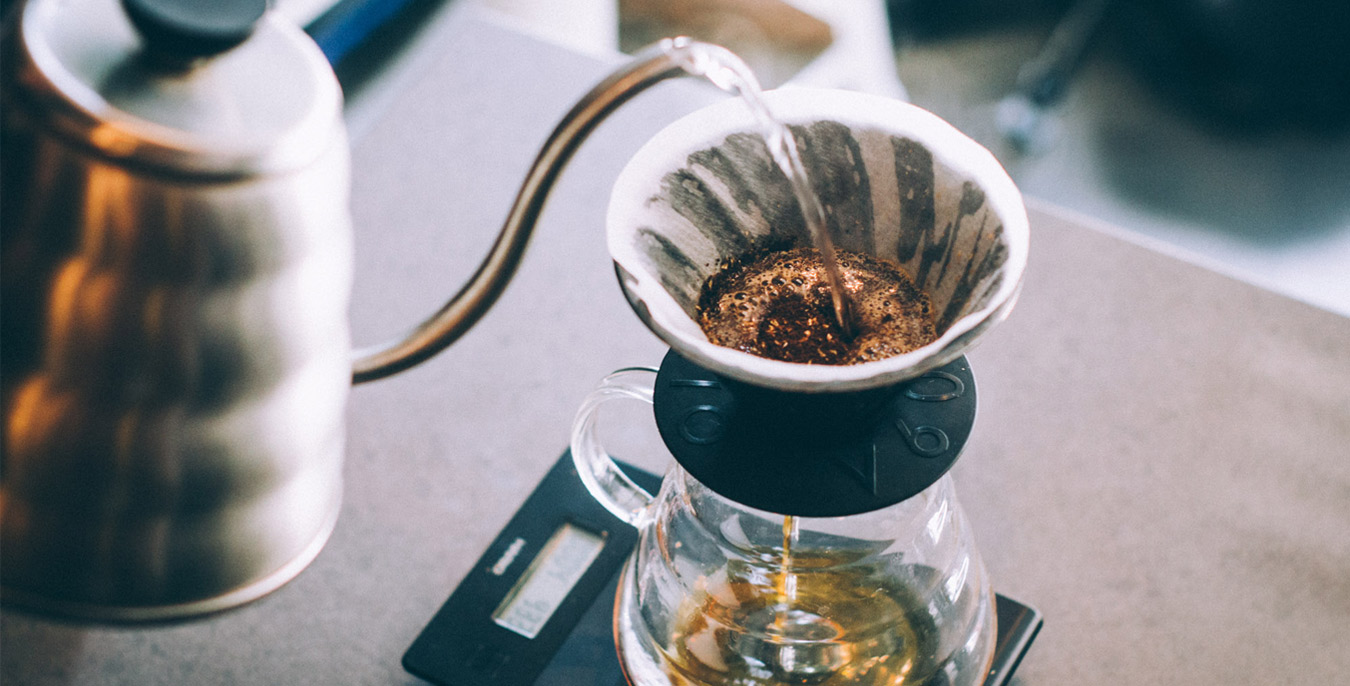
How to learn how to make coffee from scratch _ beginner's guide to making coffee by hand
Professional coffee knowledge exchange more coffee bean information please follow the coffee workshop (Wechat official account cafe_style) this article is written for friends who have just come into contact with coffee, or have been in contact with opponents for some time, as for advanced players who have trained their hands similar to machines, or professionals who are very mature in technology, this article is a reference for this article.
Related
- Beginners will see the "Coffee pull flower" guide!
- What is the difference between ice blog purified milk and ordinary milk coffee?
- Why is the Philippines the largest producer of crops in Liberia?
- For coffee extraction, should the fine powder be retained?
- How does extracted espresso fill pressed powder? How much strength does it take to press the powder?
- How to make jasmine cold extract coffee? Is the jasmine + latte good?
- Will this little toy really make the coffee taste better? How does Lily Drip affect coffee extraction?
- Will the action of slapping the filter cup also affect coffee extraction?
- What's the difference between powder-to-water ratio and powder-to-liquid ratio?
- What is the Ethiopian local species? What does it have to do with Heirloom native species?

